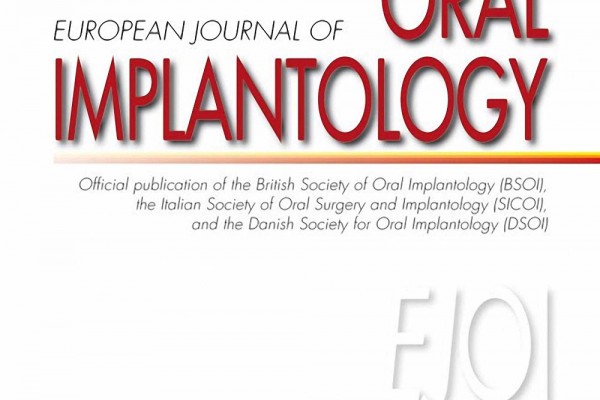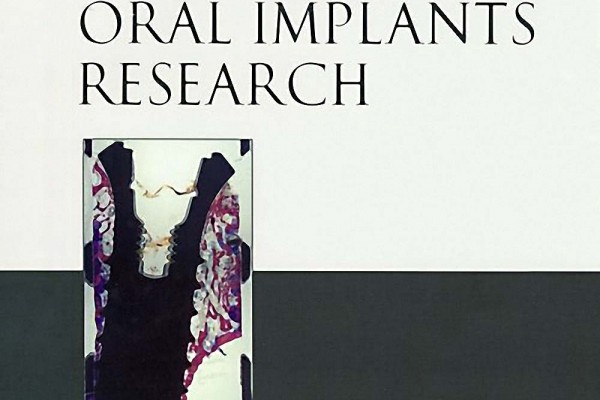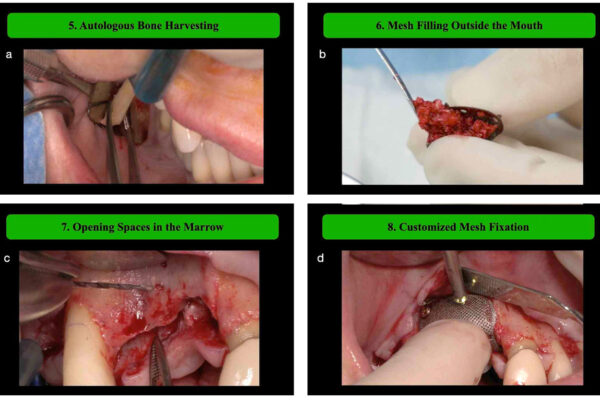Fence technique for localized three-dimensional bone augmentation: a technical description and case reports.
Abstract
This study presents a novel bone reconstructive technique based on guided bone regeneration for localized three-dimensional hard tissue augmentation. This two-stage technique utilized a titanium osteosynthesis plate and a collagen membrane to form a physical barrier resembling a fence that contains bone graft biomaterial composed of a combination of deproteinized bovine bone matrix and autologous bone grafted from intraoral sites. Six patients were treated. At 6 months postsurgery, an increase in bone volume of 953 mm³ was shown. Mean maximum linear augmentation in the vertical direction was 6.75 mm. Histologic analysis of the regenerated area revealed the presence of compact newly formed bone with no sign of inflammation. A total of 13 implants were placed. Peri-implant marginal bone level was 0.94 mm at implant placement and 1.30 mm after 6 months. The patients were satisfied with the procedure and no complications were observed.
- PMID: 25734707




